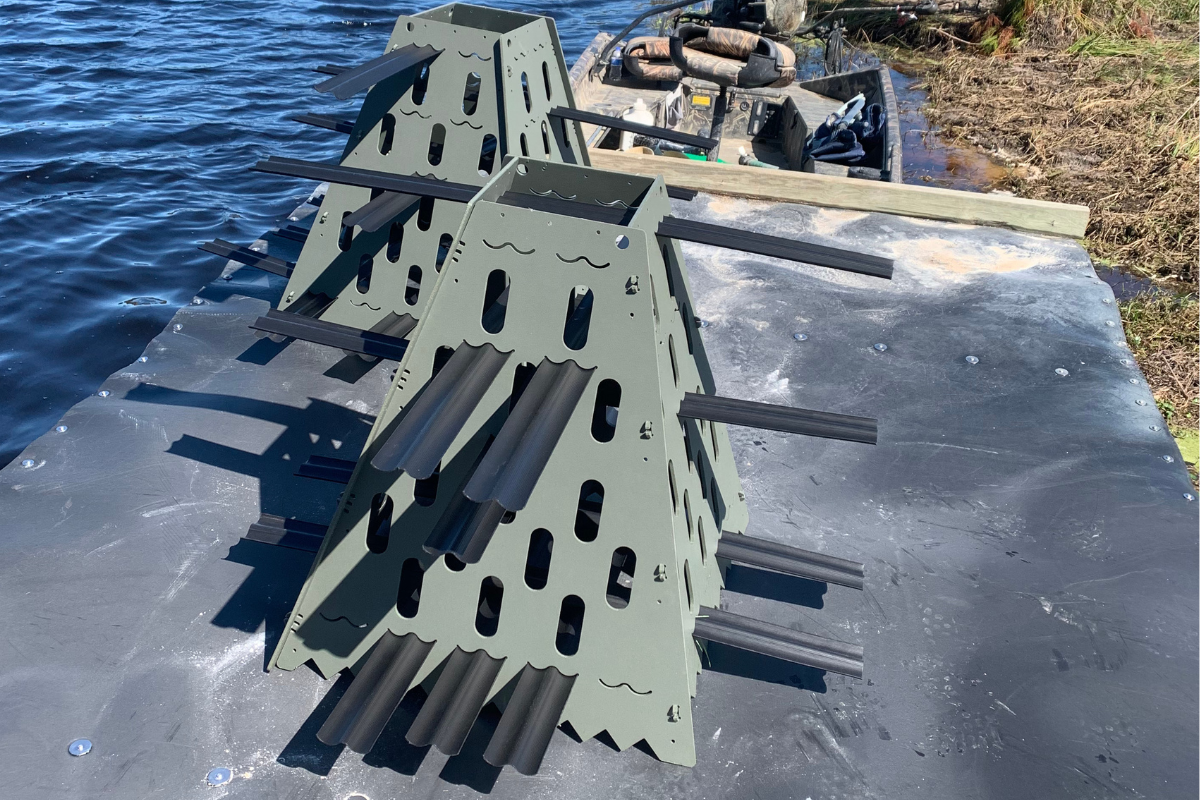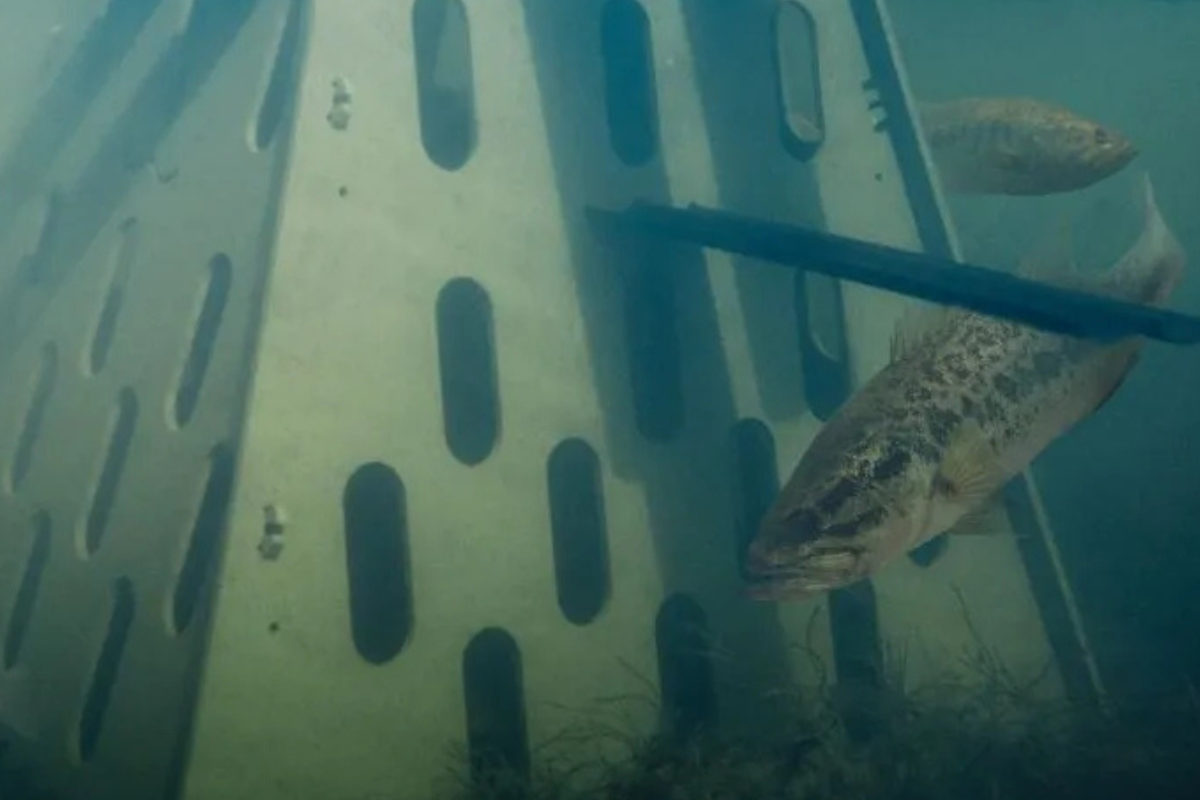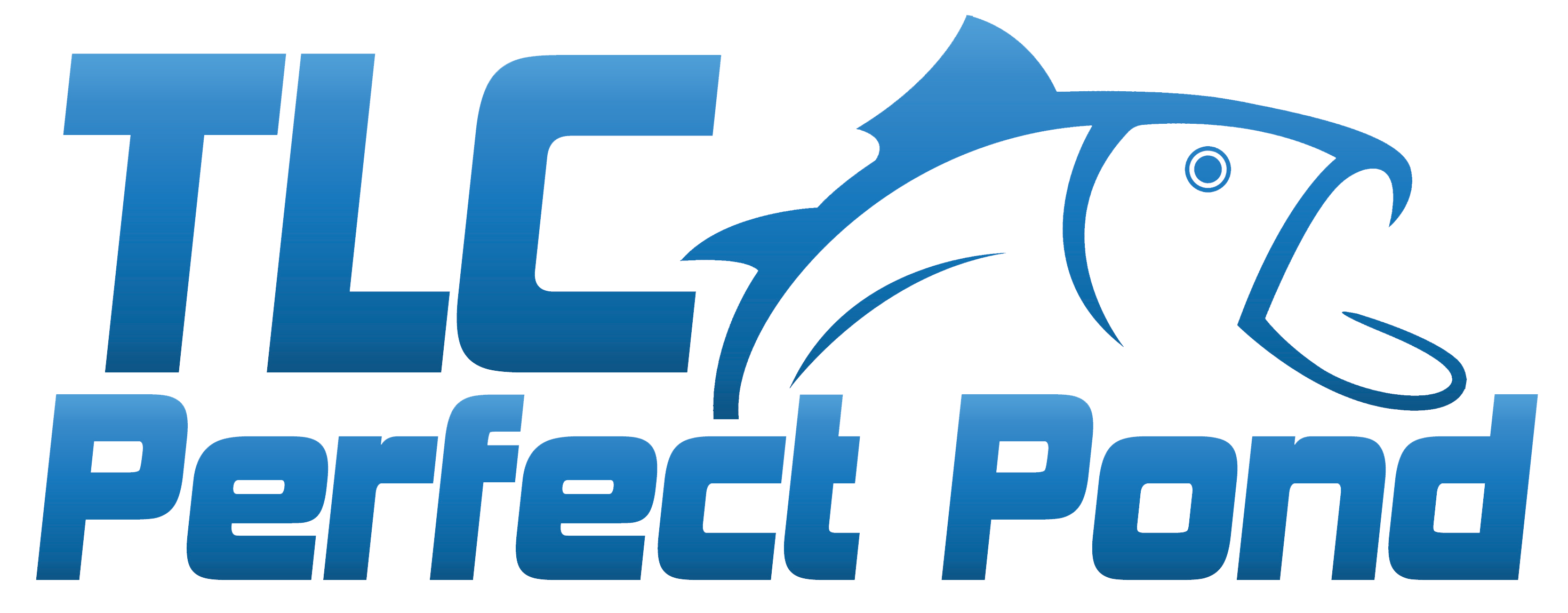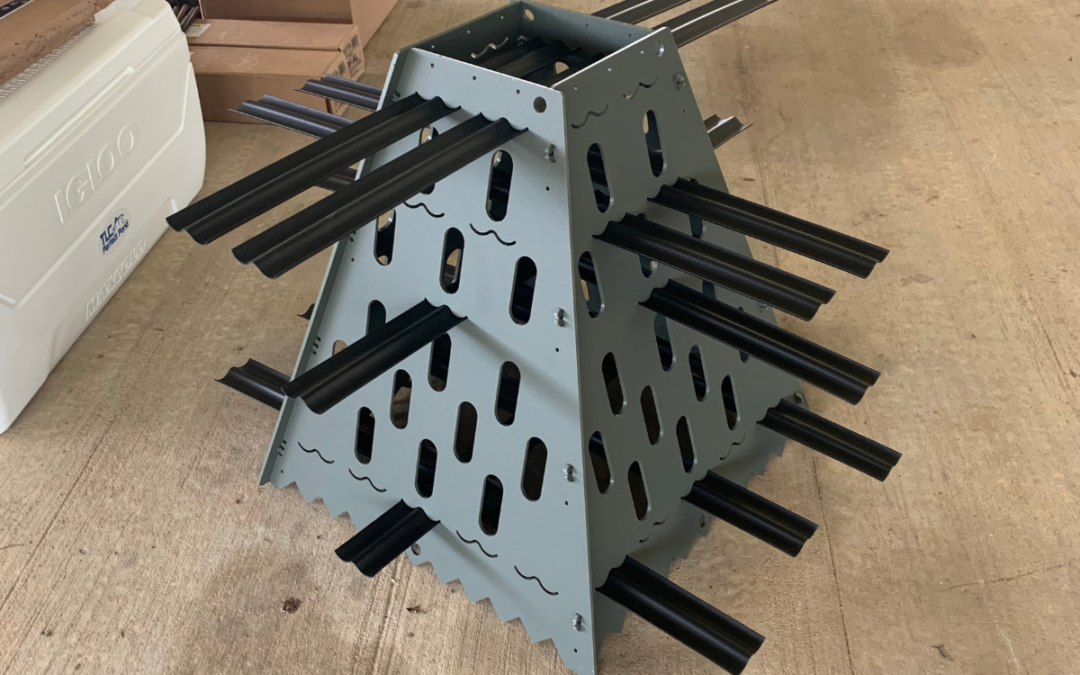Pond owners in South Georgia and North Florida know that building a healthy, productive fishery can require more than just stocking fish and hoping for the best. Not every pond is blessed with natural habitat for prey to hide and for predators to ambush that prey. One of the most effective ways to improve both fish production and fishing success is by installing artificial habitat. Specifically, fish pyramids offer an excellent long-term solution that mimics natural cover while providing several advantages traditional structures cannot. But to get the most out of these artificial habitats, you need to know how many to install, where to place them, and why they work so well.
Why Choose Fish Pyramids for Artificial Habitat?
Fish pyramids are designed with durability and fish-friendly features in mind. Unlike natural brush piles or trees that rot over time, these structures are engineered with eco-friendly, UV-protected materials that won’t deteriorate, even after years of underwater exposure. Their snag-free, fishing-friendly design allows anglers to fish around the structures without constant hang-ups, making them ideal for recreational ponds and managed fisheries alike.
Another key benefit is that they can be either anchored to the pond bottom or suspended in the water column, offering flexibility in habitat creation at various depths. This versatility allows pond managers to create complex vertical and horizontal habitat zones that appeal to different fish species and life stages.

Enhancing Fishing and Fish Production
The strategic placement of artificial habitat significantly enhances the fishing experience. Fish are naturally drawn to cover, and pyramids provide a reliable place for sport fish like bass, crappie, and bluegill to hide, ambush prey, and congregate. For pond owners, this means easier, more predictable fishing—and healthier fish populations.
More importantly, the presence of these structures improves fish production. The open spaces and layered design of fish pyramids make them ideal for spawning and foraging. Forage fish such as minnows and small bluegill use these structures for shelter, boosting their survival rates and ensuring a more stable food supply for larger predators.
Ideal Placement Strategies for Maximum Benefit
One of the most common questions pond owners ask is: Where should I put artificial habitat like fish pyramids in my pond? While every pond is different, there are a few key principles that can help guide placement:
1. Create Habitat Zones at Multiple Depths
Fish behave differently depending on the season and time of day. During summer, many species move deeper to find cooler water, while in spring and fall, they tend to stay shallower. Place pyramids at varying depths—from 3 feet to 10 feet—to create habitat that remains useful year-round.
2. Focus on Points, Drop-Offs, and Shelves
Just like in large lakes, underwater structure near points , ledges, or drop-offs in your pond can concentrate fish activity. Placing artificial habitat near these features makes it even more attractive to bass and other sportfish that love to patrol edges looking for an easy meal.
3. Group Pyramids Together
One pyramid will help, but several in a cluster will make a bigger impact. When placing fish pyramids, think in terms of habitat zones rather than isolated structures. A group of 3–5 pyramids arranged within a 20–30 foot area can simulate a reef-like environment, greatly increasing their effectiveness.
4. Install Habitat Near Fishing Areas
If your goal is to make fishing more enjoyable and productive, don’t overlook access. Place some artificial habitat within casting distance of docks, piers, or frequently used banks. Since the pyramids are snag-free, they won’t cause frustration for anglers, even in close quarters.

Supporting the Food Chain: Algae, Plankton, and Forage Fish
One often overlooked benefit of artificial habitat is its ability to support the entire aquatic food chain. Fish pyramids offer a textured surface area that encourages the growth of algae, plankton, and biofilm, which are essential first links in the aquatic food web. These microorganisms attract small invertebrates and baitfish, which in turn draw in larger sportfish like largemouth bass.
By supporting these lower levels of the food chain, you’re not just providing shelter—you’re creating a productive micro-ecosystem that continually feeds your fish population from the bottom up.
Shade and Predator-Prey Interactions
Another key feature of artificial habitat is its ability to create shade, especially in shallower waters. Shade helps regulate water temperature and provides ambush points for predators. Bass, in particular, are visual feeders that love hiding in shaded areas before striking prey. By placing fish pyramids in sunny parts of your pond, you’re creating instant shady cover that attracts sportfish and improves catch rates.
How Many Fish Pyramids Do You Need?
The number of pyramids you need depends on the size and purpose of your pond and how much (if any) natural refuge it already has. Assuming your pond has no natural habitat, a general rule of thumb is:
-
¼-acre pond: 2–3 pyramids
-
½-acre pond: 4–6 pyramids
-
1-acre pond: 8–12 pyramids
-
Larger ponds: Consider 10–15 structures per acre, especially if the pond has limited natural structure
If your goal is to enhance recreational fishing, prioritize placing more artificial habitat near access points. If you’re managing for production and balance, focus on spreading them throughout the pond to support different species and age classes.
Let Us Help with Your Pond!
Fish pyramids offer a low-maintenance, long-lasting solution to pond structure. You don’t need to worry about decay, shifting logs, or reapplying after storms. Once installed, these durable, eco-safe structures continue to perform year after year, supporting both the fish population and the anglers who enjoy catching them.
If you’re in the south GA or north FL region and need help managing your pond or lake, complete this form and we’ll contact you to schedule a time to meet.

